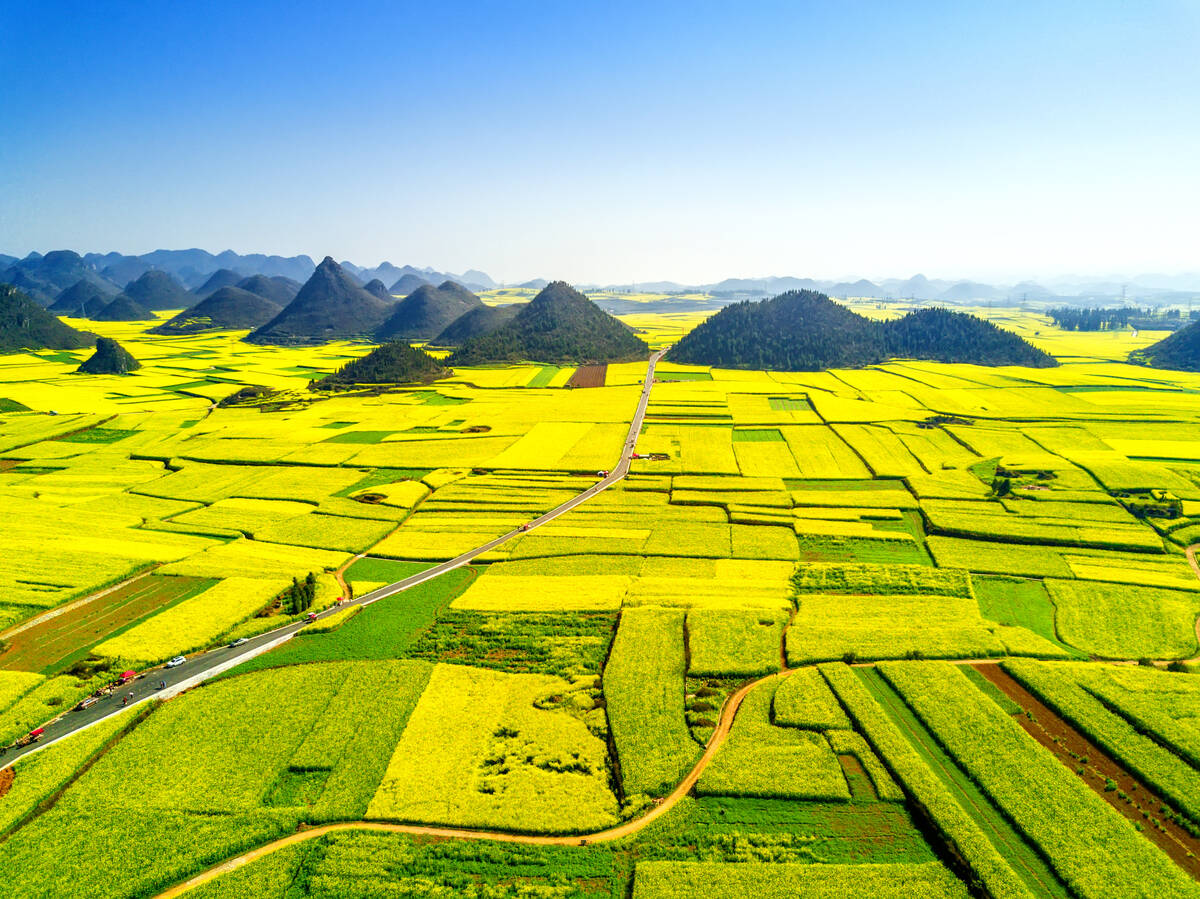PARIS (Reuters) — Parched soils have hampered late-summer rapeseed sowing in Europe, raising the prospect that farmers will shift towards attractively priced wheat for next year’s harvest, analysts said late last week.
Barley, which like wheat has seen a price rally amid tightening global supplies, could gain extra area too as farmers turn to cereals and cut back on both rapeseed and sugar beet, with the latter affected by a sugar market downturn.
Rainfall in northern Europe this month should also give an advantage to cereal sowing after a torrid summer that hit harvesting and then rapeseed drilling.
Read Also

Short rapeseed crop may put China in a bind
Industry thinks China’s rapeseed crop is way smaller than the official government estimate. The country’s canola imports will also be down, so there will be a lot of unmet demand.
In its first sowing outlook for the 2019/20 harvest, the International Grains Council said it expects the global wheat area to rise for the first time in four seasons, encouraged by higher prices.
The shift towards wheat in the European Union could be reinforced by loss of rapeseed area and a return to normal winter cereal sowing in northern Europe after torrential rain disrupted last year’s campaign, according to analysts.
“All these factors go in favour of an increase in the area of winter wheat and barley,” said Laurine Simon, analyst with Strategie Grains, adding that more moisture was needed.
In France, drought has worsened in some regions during a dry, warm September, and a sharp drop in rapeseed area was widely expected.
Oilseed producers group Terres Univia estimates sowings will decline by 150,000-250,000 hectares compared with just over 1.5 million harvested this year.
Analysts say more rapeseed area could be lost as some crops fail to survive. Persistent dryness could also hinder initial wheat and barley sowing but it was seen as too early for concern.
In Germany, winter wheat sowings are expected to increase to around 3.1-3.2 million hectares from some 2.9 million harvested in summer 2018, one grains analyst said, adding that the winter barley area could be stable.
“Dry weather during the rapeseed planting period meant rapeseed sowings in Germany were probably cut by at least 200,000 hectares to under one million hectares,” the analyst said.
In Poland, an increase in wheat plantings is also expected, encouraged by an early maize harvest as well as higher prices, said Wojtek Sabaranski of analysts Sparks Polska.
In Britain, improved prices and favourable weather could boost winter wheat plantings, but problems with weed control have raised uncertainty about farmers’ crop choices.
“Farmers are holding off from rushing into planting so that they can get the best possible weed control,” said Jack Watts, chief combinable crops advisor to the National Farmers Union.
Rapeseed could lose area given difficulties with cabbage stem flea beetles, he added.














